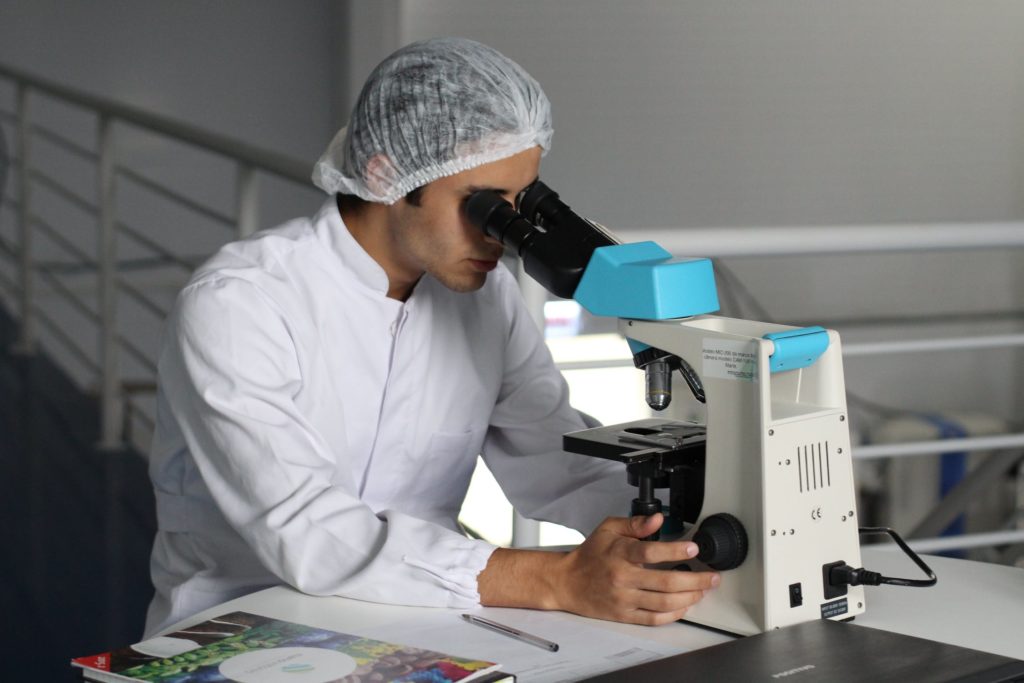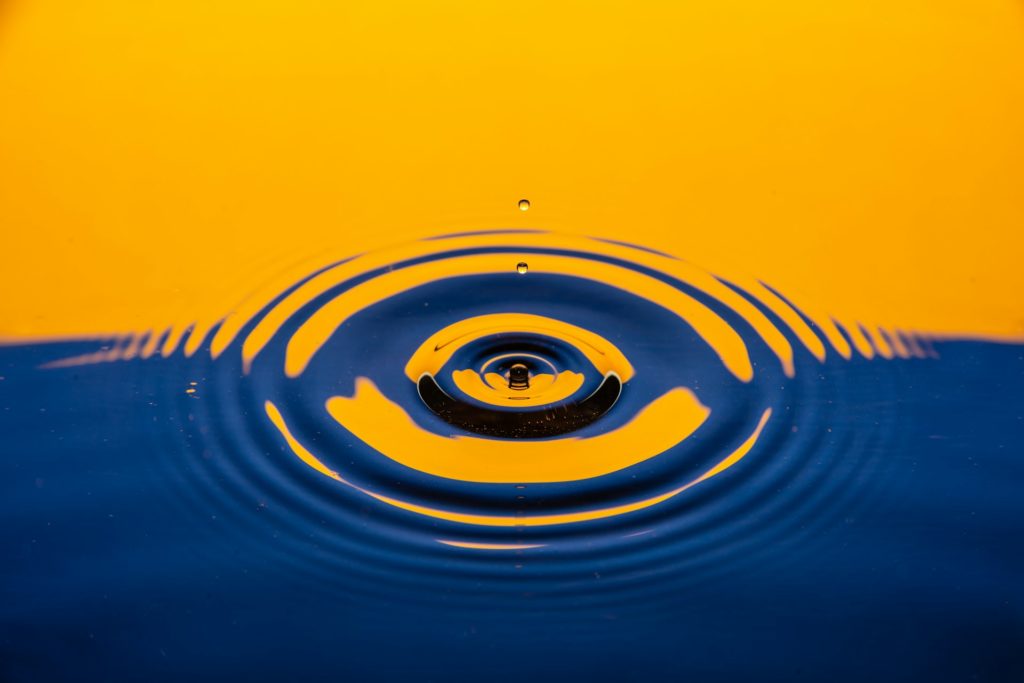
Lab reports are critical parts of most laboratory courses you will take in high school or college, and successful preparation of these reports is often a significant part of your overall grade. Moreover, if you plan to work in a lab science profession someday, you will need to learn how to write these reports effectively. In many cases, your professor or teacher will give you a detailed outline or format for you to follow in preparing your lab reports for a particular class. However, whether or not you receive such instructions, this paper provides a detailed overview of the key sections of a lab report and offers tips on how to prepare each one.
The Main Components of a Lab Report and Their Specifics
Lab reports are similar to many other types of academic papers, especially when it comes to the report’s main sections, which are:
- Title
- Abstract
- Introduction
- Methods and Materials
- Results
- Discussion
- Conclusion
- References
There are important things to take into consideration for each part of the lab report, so we will discuss all of the report’s sections in depth.
Title
The title is the first page of your lab report that the reader will see. It should include your name, the name of the lab you are assigned to and, of course, a title that effectively describes the work you have done.
When speaking about the title of your lab report, here are some important things to take into consideration:
- Choose a short, succinct title that effectively summarizes your report; in general, a title should be ten words or less.
- Use words in your title like “Effects,” “Influence,” “The Examination,” etc.
- The lab report’s title should answer the questions what, why, where, when. For example, The Effects of Ammonia (what) on the Hair’s Protein (where).
- A writing team can come up with a topic idea for you or use the one that was assigned by your teacher or professor.
Abstract
The abstract provides a brief summary of the report. An abstract should take no more than a page (they are typically about 200 words long) and it should concisely describe the purpose of the lab report and its main findings (results).
Here are some tips on writing an effective abstract:
- Write your abstract after your report is completed, so you are best prepared to properly summarize the report and its findings.
- Remember to describe the purpose of your study and its rationale in your abstract; it is often a good idea to begin your abstract with this information.
- The abstract should briefly describe the methods, the participants, and the instruments that were used in the study
- The abstract should concisely describe the study’s major findings and the outcome.
- End your abstract with a sentence that describes the interpretation of the results and the significance of the work.
Introduction
The lab report’s introduction provides background information on the objectives and the performance of the study performed. It should also describe the overall hypothesis formed and tested in the study as well.
Here are a few tips on preparing a lab report’s introduction:
- Try to start your introduction with a brief overview of the field, or the background of your experiment.
- If possible, mention a few studies related to the topic of your study and explain their importance.
- An introduction should not delve into the details of the experiment itself, such as the results, interpretation, etc. Instead, the introduction should help the reader garner greater understanding of the experiment and its significance.
- Don’t forget to include your hypothesis.
Methods and Materials (Equipment)
An effective lab report should provide all of the information required for a reader to replicate the experiment, so the methods and materials (equipment) section provides a technical overview of the precise steps taken in the experiment, as well as the equipment the author used to perform all of the work detailed in the report.
The explanation of the process should be very specific. It should describe precisely how the author performed each step as well as the key observations the author made during the process.
Here are some tips for writing the methods and materials section:
- Describe the process you used in the present tense; do not use the past tense.
- Do not provide any interpretation, evaluation, or opinion of the work completed in the methods and materials section – this chapter should only explain the steps taken, materials and equipment used, and observations made.
- Provide details but keep your writing concise in this section.
Results
This is one of the most important parts of your lab report. In the results section, you will describe the outcome of your work and provide a summary of your findings.
Here are some important things to keep in mind about the results section of your lab report:
- Teachers and professors will often require you to use at least one table or graph in the results section to summarize your findings. Ensure that any graph or table you use is clear and concise, and give any table or graphs included in the report numbers (i.e. Figure 1, Table 1., etc.). Additionally, provide any table or graph you include in your results section a caption to explain its content.
- If you include a graph or table in your results section, you should reference it in the text or add a citation at the end of a sentence. For example, “Table 1 shows the impact of the ammonia according to the time of exposure.”
- Avoid interpreting or giving the explanation to the data in this section, since that is what the following parts of the lab report are for.
Discussion and Conclusion
In the discussion section, you will interpret the data you collected in your research or experiment and determine whether or not the data supported your hypothesis. You can also use this section to describe methods to potentially improve upon the research and experimentation you conducted. The lab report’s conclusion typically consists of a single paragraph that summarizes the results of your experiment and whether or not the experiment supported your hypothesis.
Here are some important considerations for the discussion and conclusion section of the lab report:
- This section should answer the following questions: What did you find? What is the significance of your findings? What can the experiment’s results be used for?
- Discuss any mistakes you may have made in your experiment. You should also suggest how the reader could potentially improve upon the study.
- Compare the expected and the obtained results.
- Suggest ideas and directions for further research on the topic.
References
In this section, you should list all of the sources that you have cited through the work, such as previous studies that you referenced throughout your research, academic journals, and any statistical data that was essential for formulating your hypothesis and/or the experiment.
There are several different styles for citing sources in the lab report and preparing a reference section. Follow the guidelines provided by your teacher or professor when preparing your lab report’s references section and citing sources in your work.
Here are some good tips on preparing your references section:
- You can copy the references from the back of a textbook if you use one.
- There are online services that help with the citation generation process — for example, Citation Machine, Scribbr, EasyBib, etc.
- When turning to a professional writing service, you can rest knowing that the reference section will be formatted properly.
These are the main sections of a standard lab report and the details provided here will form an excellent reference as you get ready to conduct experiments and research and have to prepare your own lab reports. However, prior to preparing any lab reports, ensure you check with your professor or teacher to determine the specific format your learning institution expects you to use for their lab reports.
General Tips on Writing a Lab Report
While the previous sections described specific parts of a lab report and how to prepare them, here is some general advice to help you write more effective lab reports overall.
- Do not write your lab report in the first person. Academic papers like lab reports should be written in the third person only.
- Whenever you use acronyms in your lab report, ensure you write out the acronyms completely or specify their meaning, when mentioning them for the first time in the text.
- Target your methods and material section toward the people who are not familiar with the specifics of the topic; explain everything in detail.
- If something did not go well or as expected during the experiment, write about it anyway to help prevent a reader from making the same mistake. If you conducted a problematic step a second time and achieved a more successful outcome, write about that as well.
- If the data that you have received in the process of the experiment doesn’t support your hypothesis, you should also mention it in the text. For example, “The hypothesis that ammonia doesn’t affect the hair protein when rinsed shortly after application was not supported by the results of the experiment.”
- Do not try to manipulate the results if you know that they might be caused by deviated or anomalous data. It is better to take the ‘exception data’ into account and mention that the results might be accidental. In other words, when replicating the experiment, another person might not get the same data.
- If it is possible, relate your results to other studies on the topic. For example, you might get results that complement some other study, or bring a new perspective on a contentious hypothesis. In doing so, you will demonstrate that your experiment is a part of a bigger picture.
These are our very best tips on writing an effective lab report for a high school or college class. We hope that you will find this advice useful as you prepare lab reports. Good luck with your assignment!
 Karen Palmer
Karen Palmer


